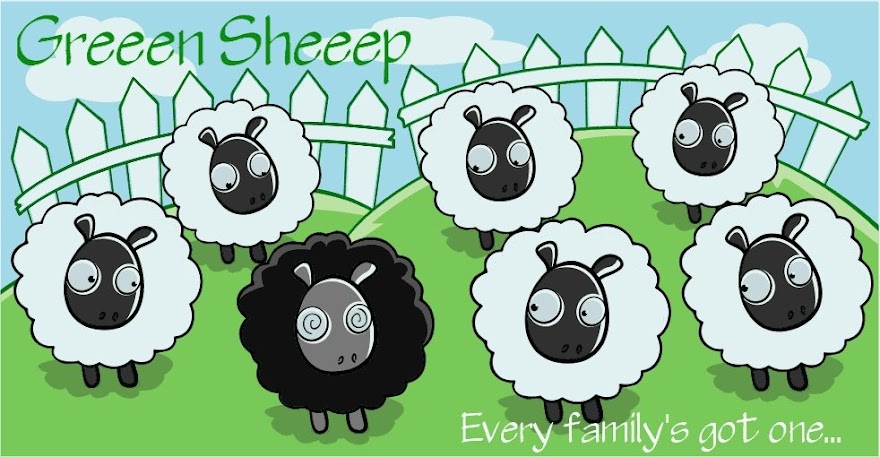BREED OF CHICKENSThere are about 200 varieties of chickens, and they come in all kinds of sizes, colors, and shapes. They vary in size from a fancy, multicolored, 1 pound bantam to a Giant Brahma which can weigh 12 pounds. Besides white chickens, there are all black, greenish black, black barred, red, brown, buff, golden, silver laced, silver penciled, and blue chickens.
Some breeds of chickens have fascinating feather patterns. The Cochins have fluffy feathers running all the way down their legs to their toes. Others, like the Turken, have naked necks. And some, like the Golden Polish, have hoods on their heads, like little top hats.
Barred Rock and Wyandotte roosters produce hackle feathers that bass fisherman use for tying fishing lures. Both of these varieties are dual-purpose chickens, good for producing both eggs and meat. The hens lay large brown eggs.
The White Leghorn is the workhorse of the egg-laying breeds of chickens, capable of laying more than 20 dozen large white eggs per year.
The Rock-Cornish, or Cornish-Rock, is favored by the large commercial broiler factories because it develops quickly. This broiler chicken has a meaty breast, thick thighs and legs, and can gain 4 pounds in 8 weeks. The mature hens are poor layers of brown eggs.
Of course, the breed of chicken you will raise depends on what you want the chickens for: meat, eggs, or both. Then you should narrow down your choices to pick a breed that appeals to you, as far as color, size, and shape.LEARNING MORE ABOUT CHICKENSThe problem is, how do you know what you like if your association with chickens is very limited? First, visit chicken farms and hatcheries in your area. You can ask your feed store dealer for names and addresses of local people who have small farm flocks. When you visit these people, ask them why they raise a certain bird, how much it costs, how long it takes for the birds to reach maturity, and the potential production of their flock in the way of eggs or meat. Also ask about any particular problems relative to the breed they raise.
If you can't locate any local small flock growers to visit, write to distant hatcheries and request their color catalogs. You can get the names and addresses of hatcheries from farm magazines, rural newspapers and the county extension service. Your state or county extension poultry specialist is, by the way, one of the best sources of information of all.
After you have visited chicken growers, talked to your poultry specialist, and scanned the gorgeous color catalogs from faraway hatcheries, you'll be more competent in choosing a variety of chickens to raise. Remember, it's not much fun raising white-feathered chickens if you really like red, brown, or black birds. Raising a small flock should be fun.WHAT ABOUT RAISING DUAL-PURPOSE CHICKENS FOR BROILERS?Largely ignored in recent years by the big commercial broiler factories and egg producers, medium-size chickens that provided both meat and eggs were the mainstay of the poultry farmer up until the 1930s and 1940s. Examples of this type of chicken are Rhode Island Red, New Hampshire, Buff Oprington, Silver Laced Wyandotte, Barred Plymouth Rock, and Black Australorp.
Certainly one of these breeds could have been chosen to crossbreed with the Cornish Game chicken to produce a fast-growing meaty chick, just as well as the White Plymouth Rock. Except for 1 reason. Dual-purpose chickens are all birds of color with the exception of the White Plymouth Rock. At 8 weeks of age, when dressed out as a broiler-fryer, they can have tiny dark spots in the skin where their pinfeathers were removed. There is no such problem with the white-feathered White Plymouth Rock.
By the way, birds of color, once they have reached maturity and have their final plumage, will dress out very nicely, with no troublesome pinfeathers. Thus, they make excellent roasters weighing 6 to 8 pounds.
It is to the credit of our independent hatcheries that they are perpetuating these dual-purpose varieties and still supply the old favorites to the small flock grower.HOW DO THE MEDIUM-SIZED BIRDS STACK UP AGAINST THE HYBRIDS?For the most part, the straightbreds will take longer to reach optimum broiler-fryer weight. So it will cost more to feed them. There are exceptions, however. Some New Hampshire strains can match the Cornish-Rock hybrids, inch for inch and pound for pound. The big broiler factories don't push standardbred chickens because hybrids tend to be more uniform with regard to growth rate and livability, and there is less chance of undesirable recessive characteristics.HOW ABOUT THE VERY HEAVY BREEDS?Jersey Black Giants, Jersey White Giants, Light Brahmas, Dark Brahmas, Buff Brahmas, White Cochins, Black Cochins, and Buff Cochins all fall into the category of heavy breed. These breeds and varieties are slower-growing than either they hybrids or dual-purpose types; but when fully developed, they have massive frames and make wonderful roasting chickens. They reach mature weights of 10, 12, or more pounds.
Why choose a slower-growing breed of chicken? They have quiet dispositions and are easy to manage. Due to their small comb, giant size, and heavy plumage, they can survive severe winter weather conditions. It would be unrealistic to raise these varieties in the hope of producing a 4-pound broiler in 8 weeks. And you wouldn't keep them for egg production as the hens are poor layers of brown eggs. They are a good choice for hobbyists, poultry fanciers, and those people who just like the way they look and act.START OUT SMALLAs a beginner, you should plan to start out small. Keep you venture into chickens within manageable bounds.
For those of you who are in a hurry to put meat on the table, chapter 3 offers a plan to raise 4-pound broilers in 8 weeks on 8 pounds of feed.
But those of you who are not in such a hurry can take things a little easier. I suggest buying about 25 day-old chickens. With that small number, it won't cost you an arm and a leg to raise them; the task of butchering them won't be overwhelming (you should do it yourself); and you can realize 75 pounds of meat from the project. It is not a long-range venture. If you don't like growing broilers, they'll be gone in a couple of months.
And I don't recommend that you go out and invest in a lot of cages, either. I can sympathize with commercial poultry producers who deal with thousands of broilers, whose living depends on programmed efficiency, and to whom time is of the essence. But, for small flock owners, not involved in commercial trade, who eat what they raise, cages and total confinement of the chickens is not necessary. I prefer the natural way: a rooster crowing at false dawn, broody hens and chickens running free - well fairly free, at least on fenced range. When you're a kid, bare feet on fresh chicken droppings is ok. When you get older, it leaves something to be desired and you build a fence.
If it is eggs you are primarily interested in, then I suggest that you start with a flock of about a dozen pullets. Keeping any more hens that this will usually result in a surplus of eggs during their peak laying season. Although, you can sell, trade, barter, freeze, or use surplus eggs in baking, it often takes more effort than it is worth to dispose of the surplus.
I recommend to novices that they start with a dual-purpose breed, as they have quieter dispositions than the lightweight breeds, and they give you a roast as a bonus. Even though they eat more feed, start laying eggs later, and may provide fewer eggs, I believe the advantages of raising dual-purpose hens outweigh the disadvantages.
Raising Poultry Successfully - Chapter 2 continued
Wednesday, February 4, 2009
Raising Poultry Successfully - Chapter 2 continued
Subscribe to:
Post Comments (Atom)



















1 comment:
Post a Comment